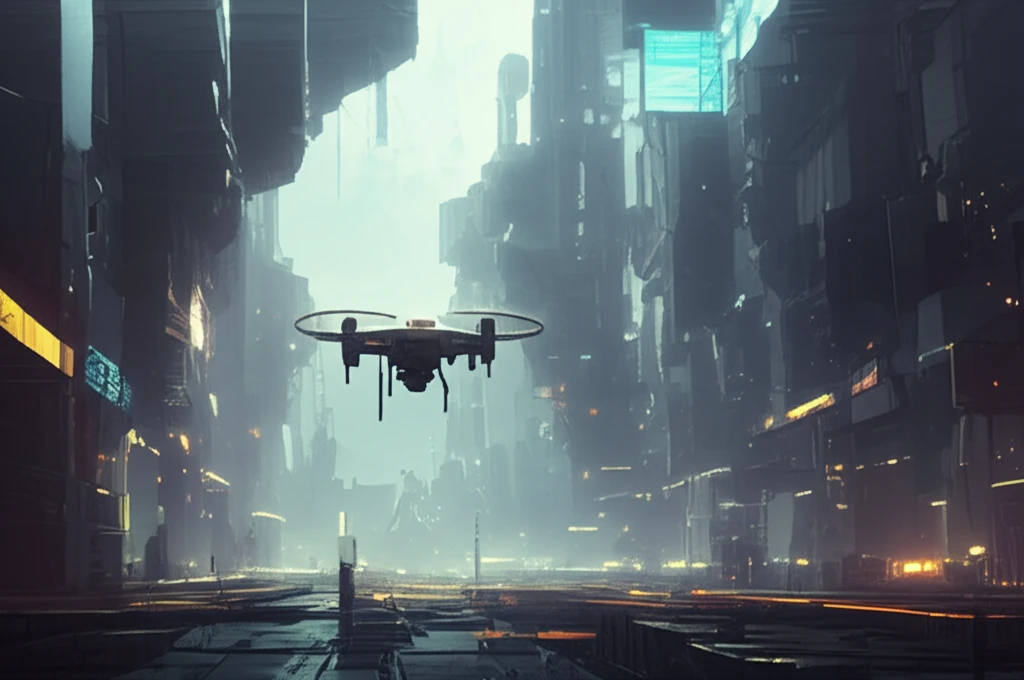![]()
Lost No More: How GPS and IMU Tracking Keeps What Matters Safe
"Discover the power of GPS and IMU sensors in tracking technology and how it's revolutionizing unmanned vehicle monitoring and safety."
Imagine a world where keeping track of valuable equipment or remote vehicles is simple. As unmanned vehicles become more common, the need to accurately monitor their location and movement is very important. This is where tracking systems come in.
Traditional tracking methods often fall short when it comes to providing real-time location and attitude data, especially in environments where GPS signals may be weak or unavailable. To overcome these limitations, Global Positioning System (GPS) and Inertial Measurement Unit (IMU) sensors are used, offering a robust and precise solution for tracking objects in dynamic conditions.
This article explores the technology of GPS and IMU sensor integration for tracking objects. We'll break down how these systems work, their applications, and why they're becoming increasingly essential in various fields.
Understanding GPS and IMU Sensor Technology

At the heart of advanced tracking systems lie two fundamental technologies: GPS and IMU sensors. GPS provides location data by communicating with a network of satellites, offering latitude, longitude, and altitude information. However, GPS signals can be obstructed by buildings, tunnels, or dense foliage, leading to inaccuracies or complete signal loss.
- GPS provides absolute position data but can be unreliable.
- IMU provides accurate short-term motion data but drifts over time.
- A complementary filter combines these data streams, using GPS to correct the IMU's drift and IMU to fill in the gaps when GPS signals are lost.
The Future of Tracking Technology
As technology advances, GPS and IMU tracking systems are becoming smaller, more affordable, and more accurate. Integration with other sensors and data sources, such as LiDAR and computer vision, promises to further enhance the capabilities of these systems. From autonomous vehicles to asset tracking and beyond, GPS and IMU sensor technology is paving the way for a future where keeping track of what matters is easier.
